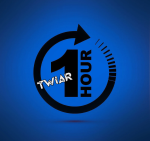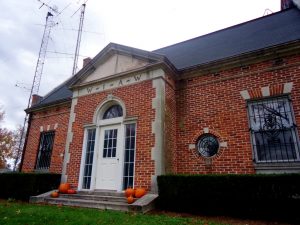Reber had successfully talked to radio amateurs in all the continents of the world and was looking for a new challenge. Jansky’s discovery fitted the bill, and in his backyard in Wheaton, Ill., he made the world’s first radio telescope: a dish antenna almost 10 metres in diameter, made of wood with a reflective surface of galvanized steel plate.
After trying one receiver design after another, covering a wide range of wavelengths, he finally detected the emissions Jansky reported. However, Reber had a great advantage, his antenna was designed to nod up and down, so he went on to make the first radio map of the sky, clearly showing radio emissions from the Milky Way and that they were brightest in the direction of the centre of our galaxy.
Read the full story at
https://www.pentictonherald.ca/life/article_38b963c0-061d-11ed-a0dc-efcf3d097d3b.html
Read more – Southgate Amateur Radio News RSS Feed http://www.southgatearc.org/news/2022/july/ham-radio-and-the-birth-of-radio-astronomy.htm
via IFTTT











1 thought on “Via Southgate: Ham radio and the birth of radio astronomy”
Comments are closed.